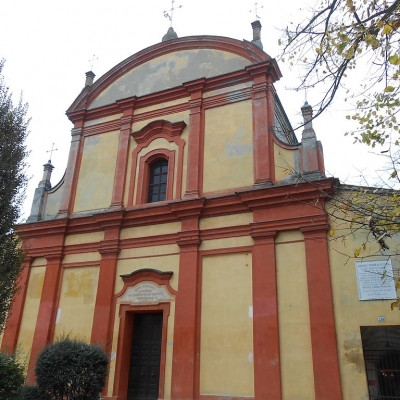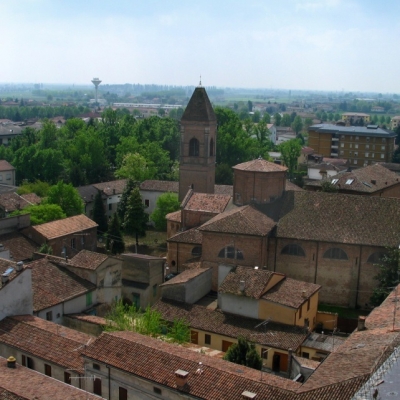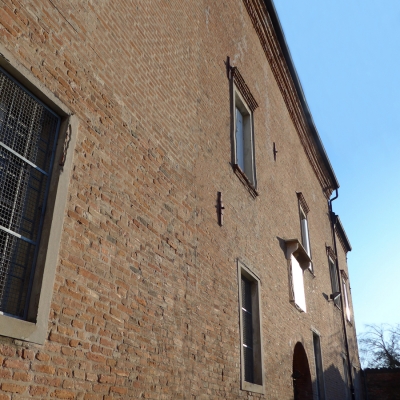The Golena of Luzzara
The Golena is a site of important naturalistic value consisting of a stretch of about 10 km of the right floodplain of the Po River, close to the border with Lombardy.
The area is a wetland of particular naturalistic importance. The floodplain is characterized by different types of naturalistic habitats: rivers with muddy banks with Chenopodion rubri and Bidention vegetation, and three more habitats related to running or stagnant waters, which are in general the most common habitats of the site; gallery forests with Salix alba and Populus alba, and finally some flakes of xerophytic prairie. The floodplain is also home to 26 species of birds, mainly aquatic.
One of the major heronries of Emilia-Romagna is placed in the area, including species such as Nitticora (about 800 nests) and Garzetta. Other nesting species of community interest are Tarabusino, Cavaliere d'Italia, Kingfisher and Little Averla.
- Walking
- Percorsi ciclabili e per mountain bike




